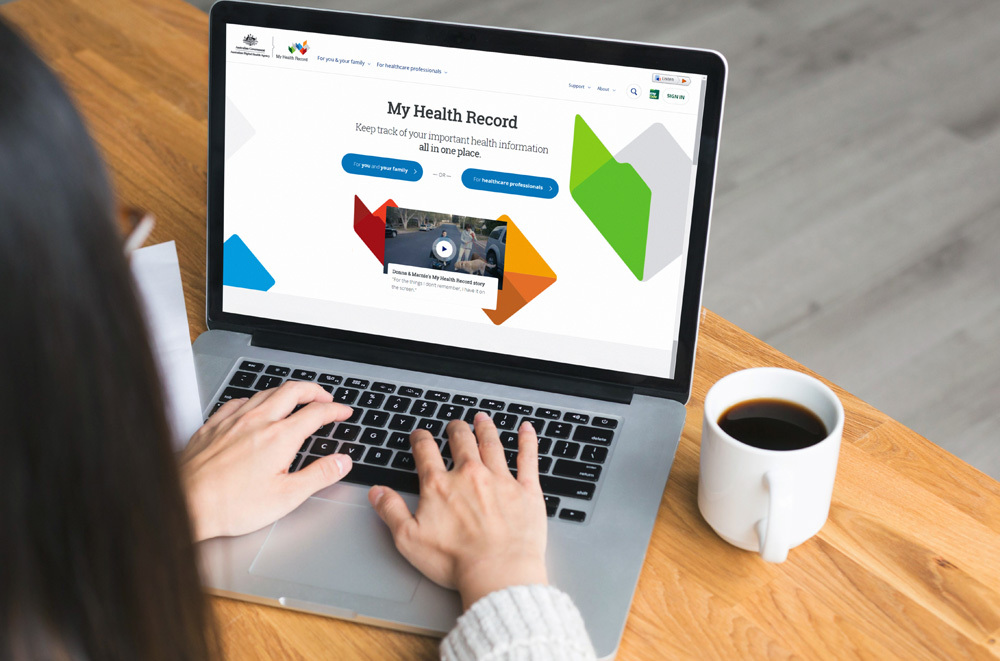
Electronic prescriptions
An electronic prescription is a digital version of a paper prescription. They are a safe and convenient alternative to paper prescriptions.
Key features
Electronic prescriptions are not mandatory and patients will have a choice to receive either an electronic or a paper prescription (but not both).
Electronic prescriptions are available nationally as a token (via SMS or email) or can be added to an active script list.
What are the benefits?
The benefits extend to the patient, healthcare provider and, more broadly, the healthcare system. These include:
- provides an alternative choice for patients and can be a more convenient option
- supplements delivery of telehealth services to ensure continuity of patient care
- provides an opportunity to protect community members and healthcare providers from exposure to infectious diseases (such as COVID-19)
- maintains patient privacy and integrity of personal information through token encryptions and data protection measures
- reduces the risk of lost paper prescriptions
- reduces administrative burden for healthcare providers and organisations.
Tokens
Using an SMS or email token to issue an electronic prescription:
- A patient requires a prescription and has chosen to receive it as an electronic prescription.
- The prescriber issues the patient with an electronic prescription via SMS or email.
- The patient takes or shares their electronic prescription token with their preferred pharmacy.
- The pharmacy scans the token to view the electronic prescription and dispenses the medicine.
- If the prescription has repeats, then a new token is sent to the patient via SMS or email by the pharmacy.
Active Script List (ASL)?
An Active Script List (ASL) is a token management solution that contains a consolidated list of a patient’s active prescriptions. Patients will need to register for an Active Script List by visiting a pharmacy that is enabled to offer this service.
The benefits of an Active Script List include:
- patients no longer need to keep track of the SMS or email tokens, this information will now be stored in one consolidated list.
- it overcomes the issue of misplacing token/s and the need for them to be reissued, and
- it may be more convenient for patients who take multiple medicines.
How ASL works
Instead of presenting a token, patients will provide confirmation of their identity and request the pharmacy to dispense medicines from their ASL.
Initially, a patient will need to attend their preferred pharmacy to register for an ASL. They may need to provide 100 points of ID and accept the terms and conditions, agreeing that all prescriptions will go to their ASL unless they withdraw their consent.
After the set-up is complete, an ASL can be accessed by:
- The patient visits their healthcare professional, and a prescription is issued which will be automatically added to the ASL, unless the patient requests otherwise. The patient does not need a token but can request to receive one.
- Next time the patient visits their nominated pharmacy, the scripts can be accessed directly from the ASL.
- If there are repeats, they will be automatically added to the ASL, unless the patient chooses to have them sent as a token via SMS or email.
Learn more
Contact the Australian Digital Health Agency with questions about the electronic prescribing technical framework. Phone: 1300 901 001 8am–5pm (AEST/AEDT) Monday to Friday or via email: help@digitalhealth.gov.au.
For training and education, please visit our general practice Training and Education page.
Digital Health









